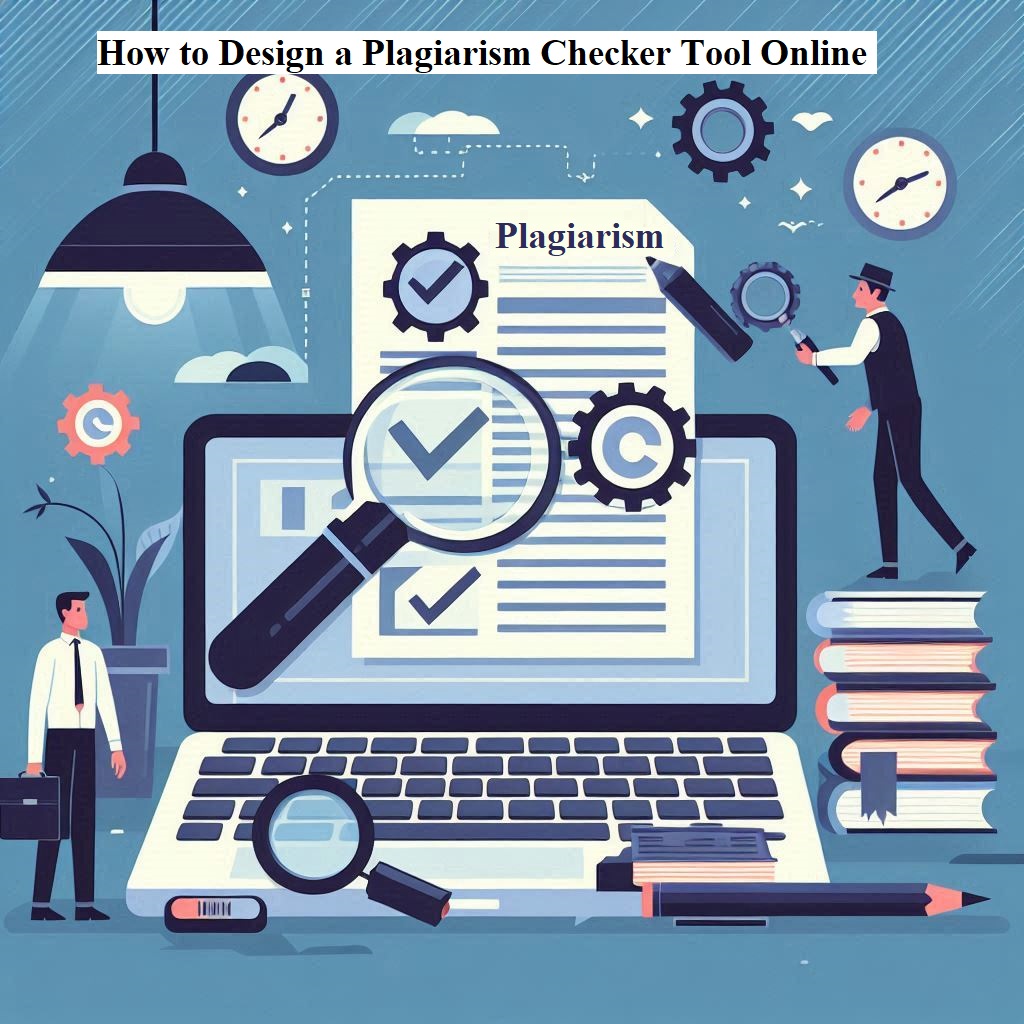How to Design a Plagiarism Checker Tool Online

How to Design a Plagiarism Checker Tool Online
To design an online plagiarism checker tool, find here some key features of an online plagiarism checker:
-
Comprehensive Database of Content
The plagiarism checker should have access to a vast database of content from the internet, academic sources, and other repositories to compare the input text against. This allows the tool to detect plagiarism from a wide range of potential sources, not just limited to the content in its own database.
-
Text Comparison and Similarity Analysis
The core functionality is to analyze the input text and compare it against the database to identify matching or highly similar content. This can be done using natural language processing techniques like text similarity, cosine similarity, and other machine learning algorithms. The tool should be able to detect exact matches as well as paraphrased or lightly modified content.
-
Reporting and Visualization
The plagiarism checker should generate a detailed report highlighting the plagiarized sections and their sources. This report should include metrics like plagiarism percentage, source links, and side-by-side comparisons for easy identification. Visualizations like color-coding can help users quickly understand the extent of plagiarism.
-
Multiple File Formats
The tool should support various file formats like .doc, .docx, .pdf, .txt, etc. to accommodate different types of content. This allows users to check plagiarism in documents, web pages, source code, and other digital content.
-
Privacy and Security
User content should be kept private and not stored or shared by the plagiarism checker. The tool should operate securely without compromising the user’s data.
-
Automated Paraphrasing
An advanced feature is the ability to automatically rewrite or paraphrase the plagiarized sections to help users fix the issue.
-
Integrations and APIs
Providing APIs and integrations with other platforms and tools can enhance the plagiarism checker’s usability and reach.
The common challenges faced when developing an online plagiarism checker
-
Comprehensive Database Coverage
Building a large and comprehensive database of content from the internet, academic sources, and other repositories to compare against is a major challenge. Keeping this database up-to-date and comprehensive is an ongoing effort as new content is constantly being created online.
-
Advanced Text Comparison Algorithms
Developing robust text comparison and similarity analysis algorithms that can detect exact matches as well as paraphrased or lightly modified content is technically challenging. Incorporating natural language processing, machine learning, and other advanced techniques is necessary for accurate plagiarism detection.
-
Handling Different File Formats
Supporting a wide range of file formats like documents, web pages, source code, etc. requires significant engineering effort. Parsing and analyzing content from diverse file types is a non-trivial problem.
-
Ensuring Privacy and Security
Maintaining user privacy by not storing or sharing submitted content is crucial but technically demanding. Implementing secure data handling practices to protect user information is essential.
-
Addressing Language Barriers
Detecting plagiarism in content written in multiple languages poses unique challenges. Accounting for language differences, translations, and cultural nuances is important.
-
Providing Usable Reporting
Generating detailed, visually-appealing, and actionable plagiarism reports is key for user experience. Effectively highlighting plagiarized sections and their sources is a design challenge.
-
Automating Paraphrasing
Developing an automated paraphrasing capability to help users rewrite plagiarized content is an advanced feature with significant technical complexity. By addressing these challenges, you can design a comprehensive and effective online plagiarism checker tool.








